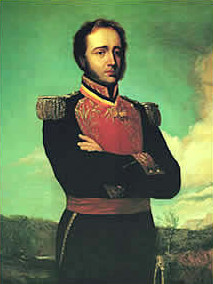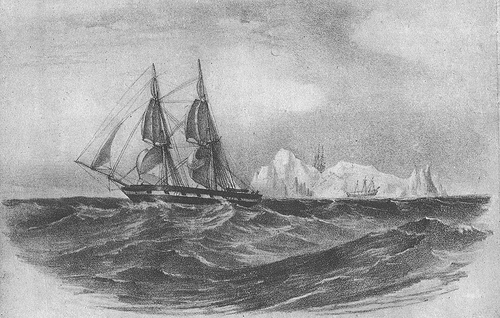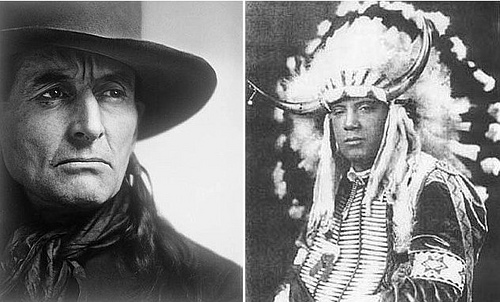
When Gregor MacGregor returned to England from the New World in 1820, he brought auspicious news: He had been created prince of Poyais, a Central American nation of 12,500 square miles.
The Scottish soldier became the toast of London and was soon entertaining dignitaries at elaborate banquets. He published a glowing guidebook, raised a loan of £200,000 for his new government, and began selling land rights to excited settlers.
But when two ships arrived at the described location in 1823, they found nothing but jungle. Lacking shelter and beset by disease, the settlers had to be evacuated to British Honduras, and only 70 of the 250 survived. A warning reached London in time to stop five additional ships from making the voyage.
A furor erupted, but by that time MacGregor had left for France, where he attempted the same hoax. Officials there locked him up, but he was acquitted at trial and brazenly returned to England, where he kept up similar schemes through 1837. He died, blithely, in Venezuela in 1845.




